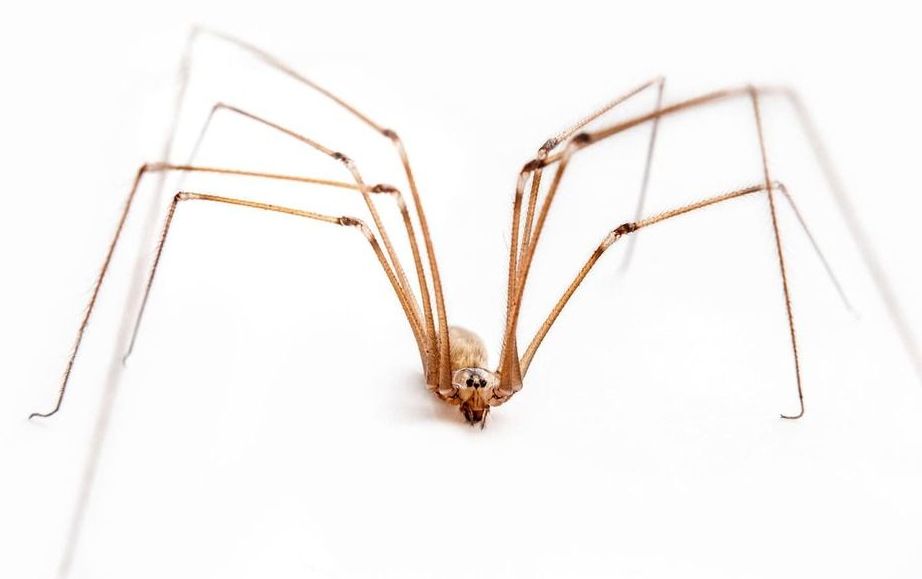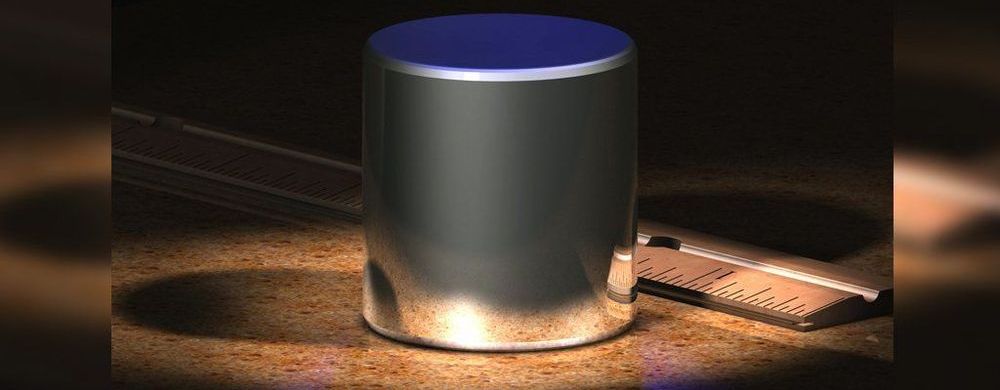Research data indicates men can expect to live an average of five fewer years than women. The reason might surprise you.






In the future, I can say with very high degrees of confidence, the American Army is probably going to be fighting in urban areas. We need to man, organize, train and equip the force for operations in urban areas, highly dense urban areas, and that’s a different construct. We’re not organized like that right now.
– Gen. Mark A. Milley, Chief of Staff of the Army.

Finally, 130 years after it was established, the kilogram as we know it is about to be retired. But it’s not the end: tomorrow, 20 May 2019, a new definition will be put in place — one that’s far more accurate than anything we’ve had until now.
After the shift was unanimously voted in at the General Conference on Weights and Measures in Versailles at the end of last year, the change is now finally about to become official. Le kilogramme est mort, vive le kilogramme.
Most people don’t think about metrology — the science of measurement — as we go about our day. But it’s vastly important. It’s not just the system by which we measure the world; it’s also the system by which scientists conduct their observations.

